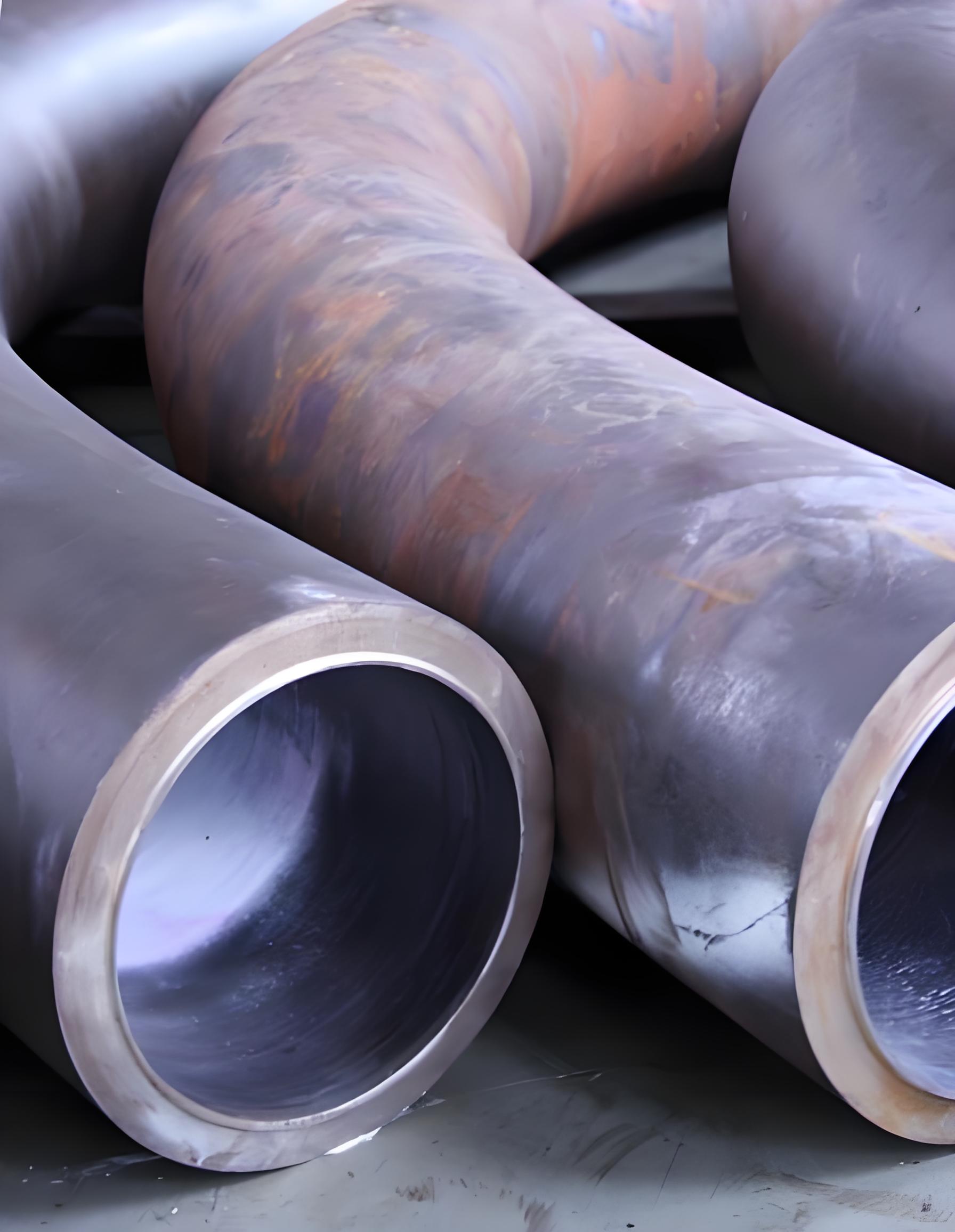
Mechanically Lined Steel Pipe
Mechanically lined steel pipes combine the structural strength of carbon steel or alloy steel with the corrosion resistance of a corrosion-resistant alloy (CRA) lining. This combination makes them suitable for transporting corrosive fluids in industries such as oil and gas, petrochemicals, and chemical processing.
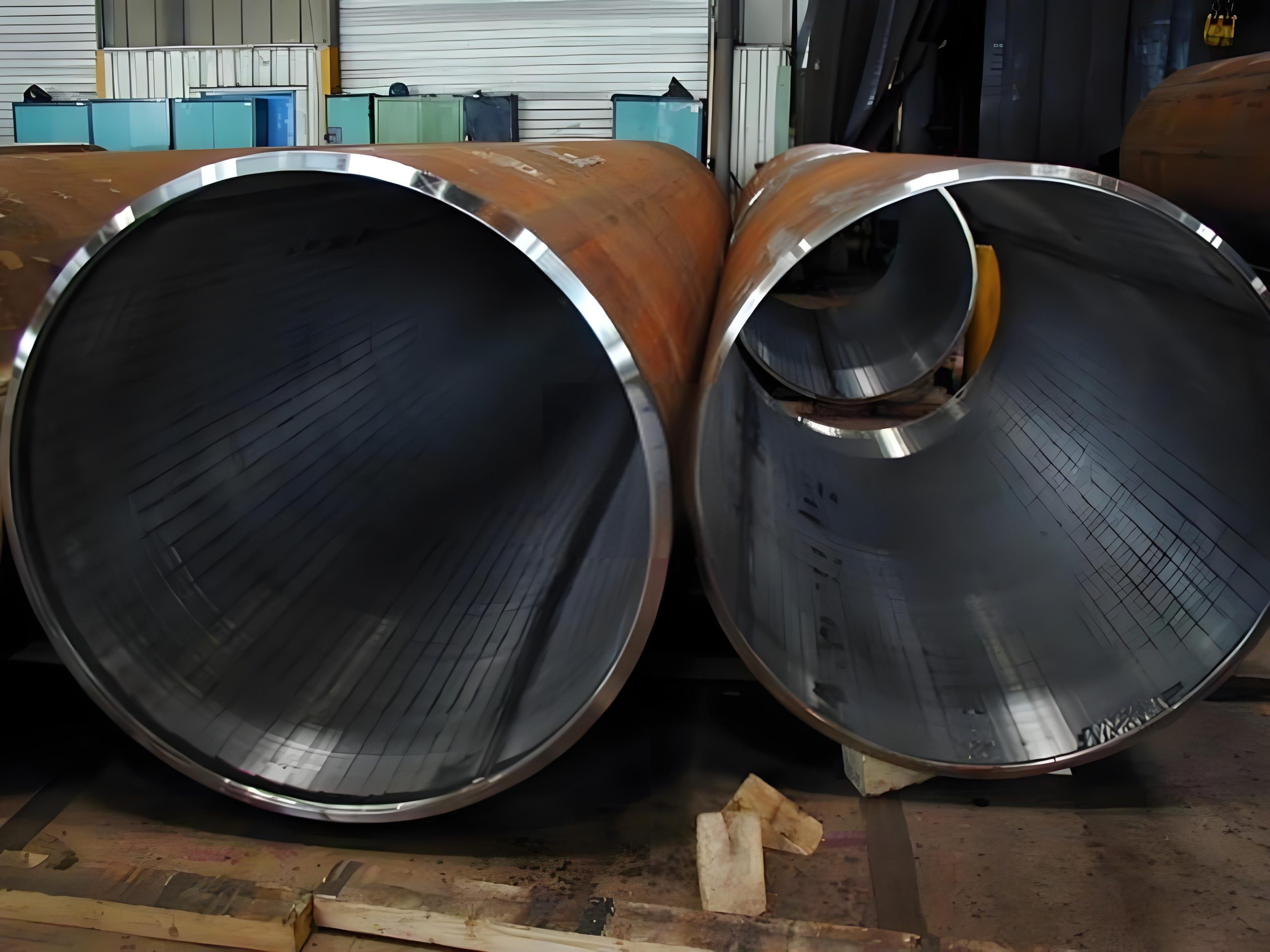
Our unique Mechanical Lined Pipe process utilises a 38,000 ton hydro forming process to expand the CRA liner on CS pipes to provide 100% residual contact of the liner and the carbon steel outer pipe.
By applying typically 400-900 bar working pressure on pipes of up to 12 metre and from 4” Diam (6mmwt) to 20” Diam (45mmwt), we are able to deliver a quality of pipe that is simply unrivalled in terms of quality, consistency and reliability.
Our approach is also far more cost effective than solid alloys or metallurgically bonded materials especially on major pipeline contracts.
We have one of the largest capacities of any manufacturer in the world, producing up to 24Km of lined pipe per month which can be delivered on a supply only basis or as part of a complete installation solution.
Mechanical bonding. Mechanical bonding method is to use an expanding machine to expand the inner alloy pipe to outer carbon steel pipe. CRA Overlay / Weld
The CRA cladding or lining material covers an extensive range of stainless steels and nonferrous alloys: SS 304/304L, SS 316/316L, SS 317/317L, Duplex 2205

Mechanically Lined Steel Pipe
CRA Clad Steel Pipe
Adhesive-Bonded Lined Steel Pipe
Lined or Clad Bend Steel Pipe
Base Materials
The base materials for CRA clad or lined steel pipes include seamless or welded line pipes conforming to the following standards:
- API 5L Grades: B, X42, X46, X52, X56, X60, X65, X70, X80
- Other Standards: ASTM A106 Gr.B, ASTM A333 Gr.6, ASTM A335 (Cr-Mo alloy steels: P5, P11, P22, P9, P91)
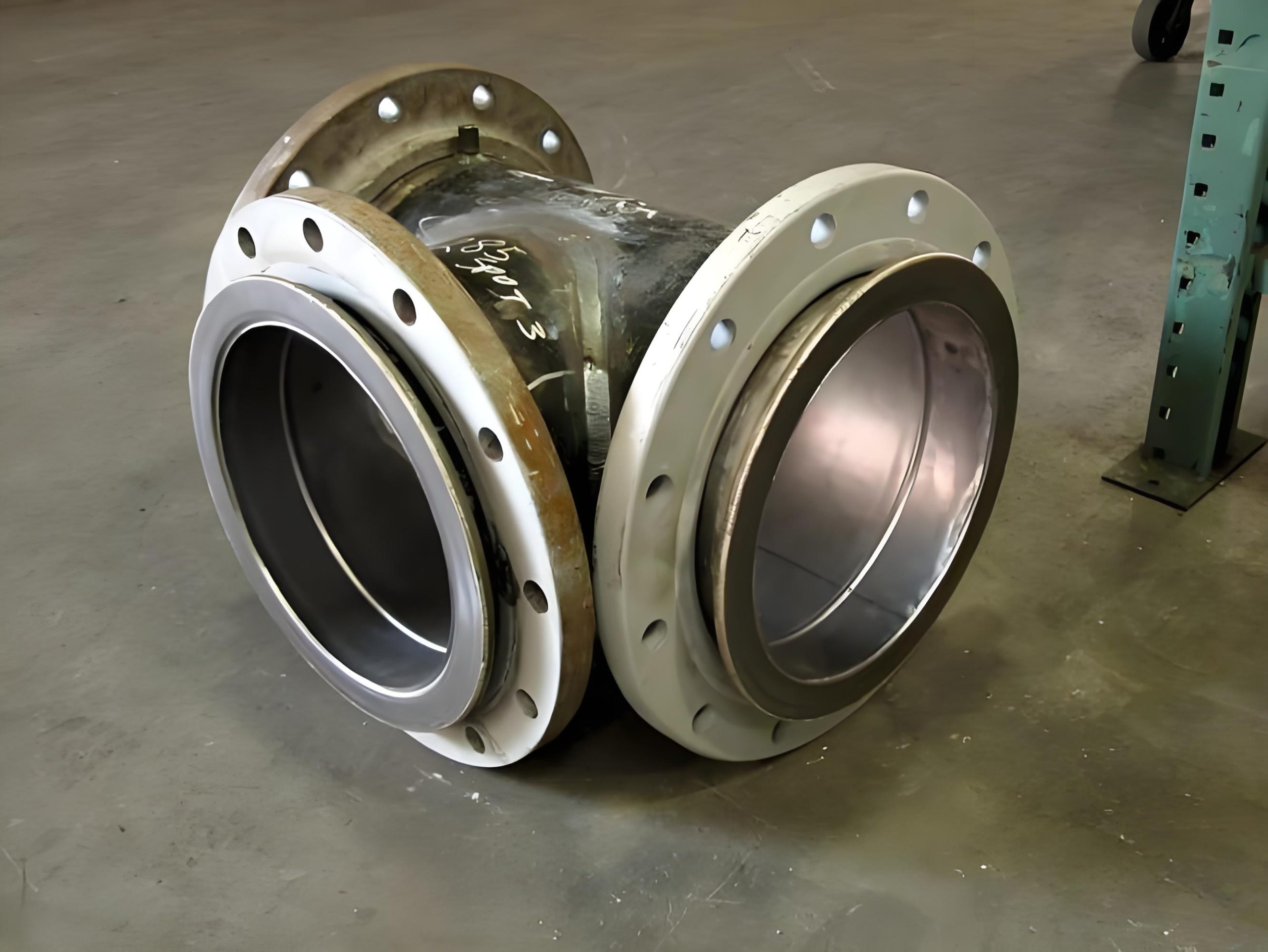
CRA Cladding or Lining Materials
The cladding or lining materials cover a wide range of stainless steels and nonferrous alloys, including:
- Stainless Steels: SS 304/304L, SS 316/316L, SS 317/317L, Duplex 2205 (S31803), Duplex 2506 (S31804), Super Duplex 2507 (S32750), S32740, Alloy 254 SMO (S31254), 904L (N08904)
- Nickel Alloys: Incoloy 825 (N08825), Inconel 625 (N06625), Inconel 59 (N06059), Alloy 31 (N08031), AL6XN (N08367), Alloy 20 (N08020), Monel 400 (N04400)
- Other Alloys: Hastelloy C-276 (N10276), Titanium Grades 2, 5, 7, 9, 12, Zirconium R60702, various copper alloys
Manufacturing Standards
- General Standard: API 5LD
- Base Material Conformance: API 5L, ASTM A106, ASTM A333, ASTM A335
- Cladding Material Conformance: ASTM A240, A263, A264, A265, B898, B424, B443, B619, B622, B675, B265, B551
Specifications
- Pipe Diameter Range: Ф50mm-Ф1800mm
- Liner Wall Thickness: 0.5mm-3.5mm
- Length: ≤15m
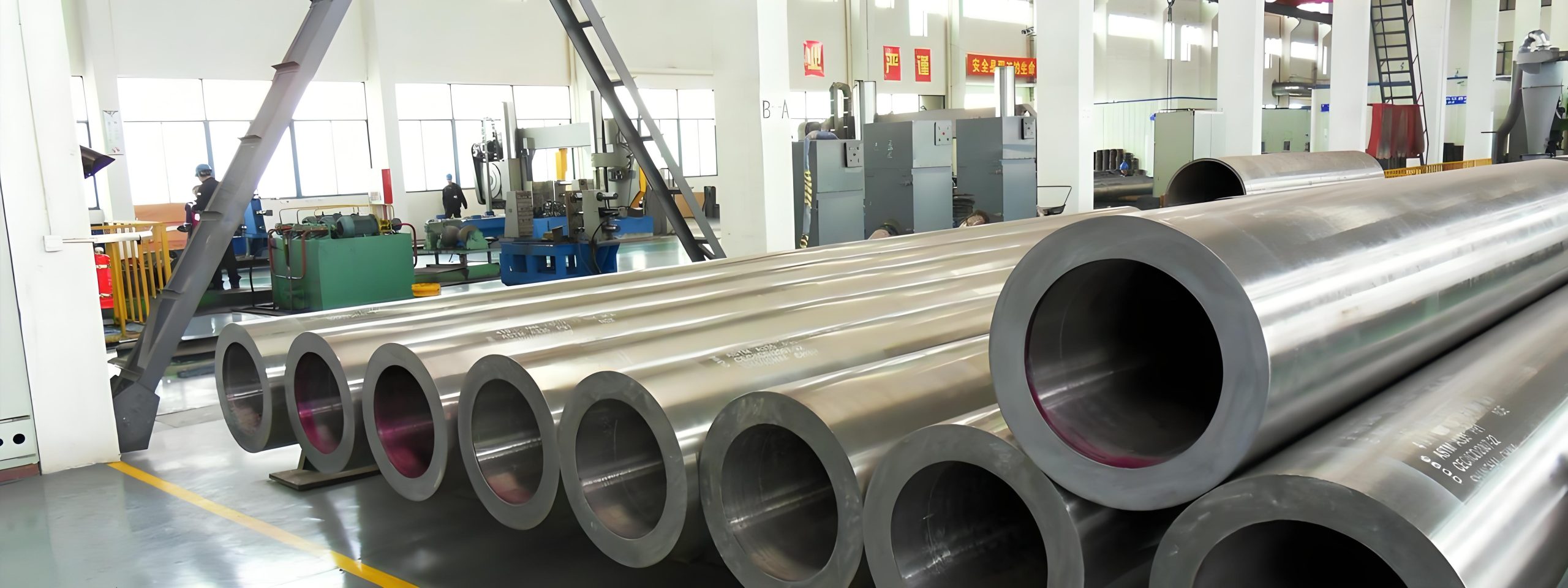
Key Features
- Base Pipe: Typically made from carbon steel or alloy steel for structural integrity.
- Liner Material: Corrosion-resistant alloys such as Inconel, Hastelloy, or stainless steel.
- Lining Process: The CRA liner is inserted into the base pipe and mechanically bonded to ensure a tight fit.
- Sizes:
- Outer Diameter (OD): Varies based on application and requirements.
- Wall Thickness: Dependent on the desired mechanical properties and corrosion resistance.
- Length: Customizable as per project specifications.
Manufacturing Process
- Base Pipe Selection: High-quality carbon steel or alloy steel pipes are selected based on the required mechanical properties.
- Liner Preparation: The corrosion-resistant alloy (CRA) liner is prepared to fit inside the base pipe.
- Insertion: The CRA liner is inserted into the base pipe.
- Mechanical Bonding: The liner is expanded mechanically to fit tightly against the inner wall of the base pipe, often using methods such as hydraulic expansion or roller expansion.
- Final Testing: The lined pipe undergoes various tests, including hydrostatic testing and non-destructive testing, to ensure the integrity of the bond and the overall quality of the pipe.
Advantages
- Corrosion Resistance: The CRA liner provides excellent resistance to corrosive environments, extending the service life of the pipe.
- Cost-Effective: Combining a less expensive base material with a high-performance liner reduces overall costs compared to solid CRA pipes.
- Mechanical Strength: The carbon steel or alloy steel base pipe maintains the necessary mechanical strength for high-pressure applications.
- Versatility: Suitable for a wide range of applications and environments, including subsea pipelines, risers, and flowlines.
Applications
- Oil and Gas Industry: Used in pipelines, flowlines, and risers to transport corrosive fluids such as crude oil, natural gas, and produced water.
- Petrochemical Plants: Employed in the transportation of aggressive chemicals and hydrocarbons.
- Chemical Processing: Ideal for processes involving corrosive chemicals and high-temperature fluids.
- Power Generation: Used in power plants for transporting steam and other high-temperature fluids.
Testing and Quality Assurance
Mechanically lined steel pipes undergo rigorous testing to ensure their quality and performance:
- Hydrostatic Testing: Ensures the pipe can withstand high pressures without leaking.
- Non-Destructive Testing (NDT): Includes ultrasonic testing, radiographic testing, and eddy current testing to detect any defects in the pipe and liner.
- Bond Integrity Testing: Confirms the mechanical bond between the liner and the base pipe is secure.
- Corrosion Testing: Assesses the corrosion resistance of the CRA liner under simulated operating conditions.
Mechanically lined steel pipes offer a reliable and cost-effective solution for transporting corrosive fluids in various industrial applications. By leveraging the mechanical strength of carbon steel or alloy steel and the corrosion resistance of CRA liners, these pipes provide enhanced performance and longevity in demanding environments.
For any requirements related to mechanically lined steel pipes, including custom sizes and specifications, contact a trusted supplier or manufacturer to ensure you receive high-quality products tailored to your application needs.

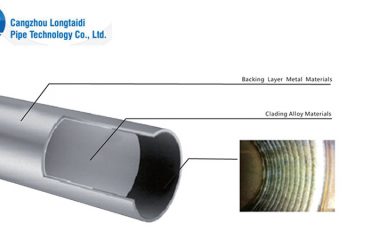
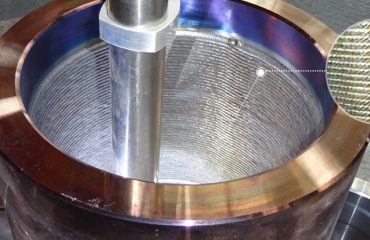
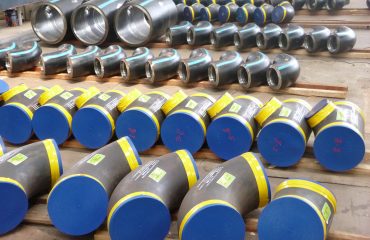
You must be logged in to post a comment.